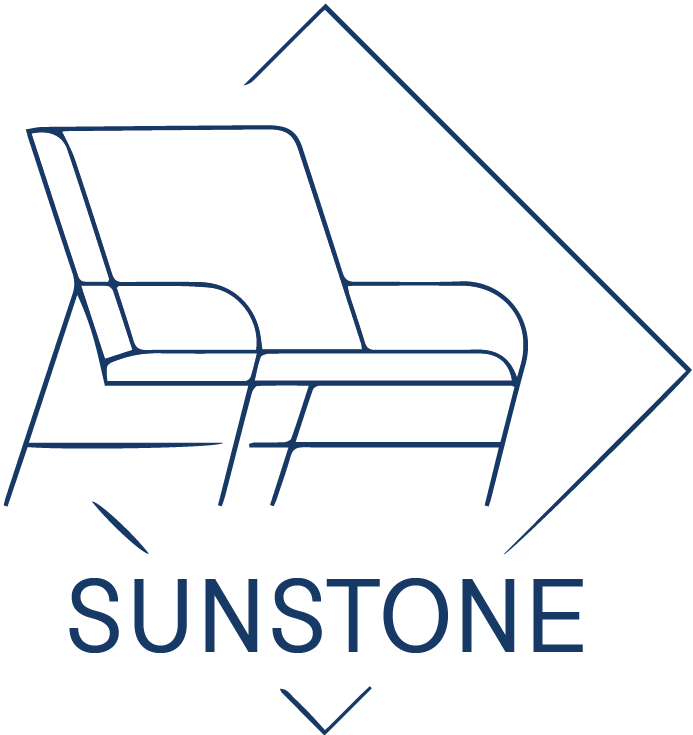What Are Some Durable And Weather-Resistant Outdoor Tables
When choosing furniture for patios, gardens, or poolside areas, Outdoor Tables must combine style with durability. Constant exposure to sunlight, moisture, and temperature changes can damage poorly made materials. Therefore, understanding which materials and designs offer long-term resilience is essential for homeowners, hotels, and commercial venues that want lasting value and minimal maintenance.
Table of Contents
1. The Key to Durability: Material Selection
Outdoor environments challenge furniture through UV rays, rain, and humidity. The core material determines how well a table performs under these conditions.
Aluminum
Aluminum is among the most reliable materials for outdoor use. It is lightweight, rust-resistant, and requires little maintenance. Powder-coated aluminum tables resist corrosion and fading, making them ideal for coastal and high-humidity areas. This material is commonly used in modern outdoor kitchens and dining sets, including those from Sunstone Outdoor, because of its clean finish and long service life.
Stainless Steel
Tables made with 304 or 316 stainless steel offer superior strength and shine. These alloys contain chromium and nickel, which form a natural protective layer against rust. Although heavier than aluminum, stainless steel tables provide a sleek, contemporary look that suits both residential and commercial terraces.
Teak Wood
Teak is one of the most weather-resistant hardwoods available. Rich in natural oils, it resists rot, cracking, and insect damage without the need for chemical coatings. Over time, teak develops a silver-gray patina that enhances its natural beauty. Regular cleaning and occasional oiling can maintain its original golden tone.
Wrought Iron
Wrought iron tables are extremely strong and stable, perfect for windy environments. When treated with anti-corrosion coatings or powder finishes, they can last many years. However, users should avoid prolonged water exposure and perform periodic maintenance to prevent rust.
High-Density Polyethylene (HDPE) and Resin
HDPE, recycled plastic lumber, and resin composites are increasingly popular for modern outdoor tables. They resist moisture, UV radiation, and stains while requiring almost no maintenance. These materials are ideal for poolside or beachfront applications where constant exposure to water and sun would quickly wear down natural materials.
2. Design Features That Improve Weather Resistance
Beyond material choice, several design details determine how well a table performs outdoors.
Protective Coatings: Powder-coating, anodizing, or marine-grade finishes shield metal surfaces from oxidation and fading.
Ventilation and Drainage: Tabletops with slotted or perforated designs prevent water accumulation and reduce corrosion risks.
Stable Construction: Heavier tables with reinforced joints or welded frames offer better resistance against wind and daily use.
UV-Resistant Surfaces: Coatings and composite materials with UV stabilizers prevent color fading and surface cracking.
Minimal Maintenance: Simple, clean designs reduce dirt buildup and make seasonal care easier.
3. Examples of Reliable Outdoor Table Types
Aluminum Dining Tables
These tables feature powder-coated frames and metal slats or stone tops, providing elegance and functionality. They are widely used in residential patios, cafés, and outdoor dining areas because of their corrosion resistance and lightweight structure.
Teak or Hardwood Tables
For those preferring a natural aesthetic, teak remains the best option. It combines organic warmth with high durability, suitable for luxury garden spaces or resort lounges.
Iron or Steel Tables with Powder Finish
Iron and steel tables provide a timeless design and stability. When properly coated, they can withstand rain and temperature fluctuations, although they require more maintenance than aluminum or plastic.
Resin or HDPE Tables
Synthetic resin tables are popular in commercial hospitality settings. They are resistant to fading, cracking, and water absorption, making them ideal for long-term outdoor exposure.
fire pit tables
Combining dining and ambiance, fire pit tables feature weatherproof metal bodies and tempered glass or ceramic tops. They add both function and atmosphere to outdoor spaces.
4. Best Practices for Maintenance
Clean surfaces regularly using mild soap and water.
Avoid abrasive cleaners that can damage protective coatings.
Cover or store tables during extreme weather or winter seasons.
Inspect for rust spots or coating wear and treat promptly.
Use coasters and mats to prevent heat or chemical marks on tabletops.
5. Choosing the Right Table for Your Space
Selecting the best outdoor table depends on the environment and intended use. Aluminum and HDPE are optimal for humid or coastal climates, teak suits shaded gardens or high-end terraces, while wrought iron works well in wind-prone areas where stability is essential. Consider size, seating capacity, and integration with other outdoor furniture, especially if your space includes built-in kitchens or grills.
Conclusion
Durability and weather resistance are the foundation of any good outdoor table. By selecting advanced materials like aluminum, stainless steel, teak, or HDPE, homeowners and designers can enjoy furniture that endures changing seasons while maintaining visual appeal.
For example, Sunstone Outdoor Tables are designed with these principles in mind, combining structural strength, weatherproof materials, and contemporary style. Whether for residential patios or commercial hospitality projects, investing in well-engineered tables ensures long-lasting comfort and sophistication in every outdoor setting.
Previous: Where To Buy Outdoor Tables

